Ultimate Guide to Choosing the Best Drilling Machine for Your Projects
In the ever-evolving landscape of construction and manufacturing, selecting the right drilling machine is crucial for optimizing productivity and ensuring project success. According to a recent report by Technavio, the global drilling machine market is projected to grow by over $2 billion from 2021 to 2025, driven by advancements in technology and increased demand across various industries. With the diverse range of drilling machines available—each designed for specific tasks such as metalworking or wood drilling—making an informed choice becomes imperative. The right drilling machine not only enhances efficiency but also contributes to improved precision, ultimately impacting the overall quality of the final output. This guide aims to equip you with essential knowledge and insights, empowering you to select the best drilling machine tailored to your project requirements.
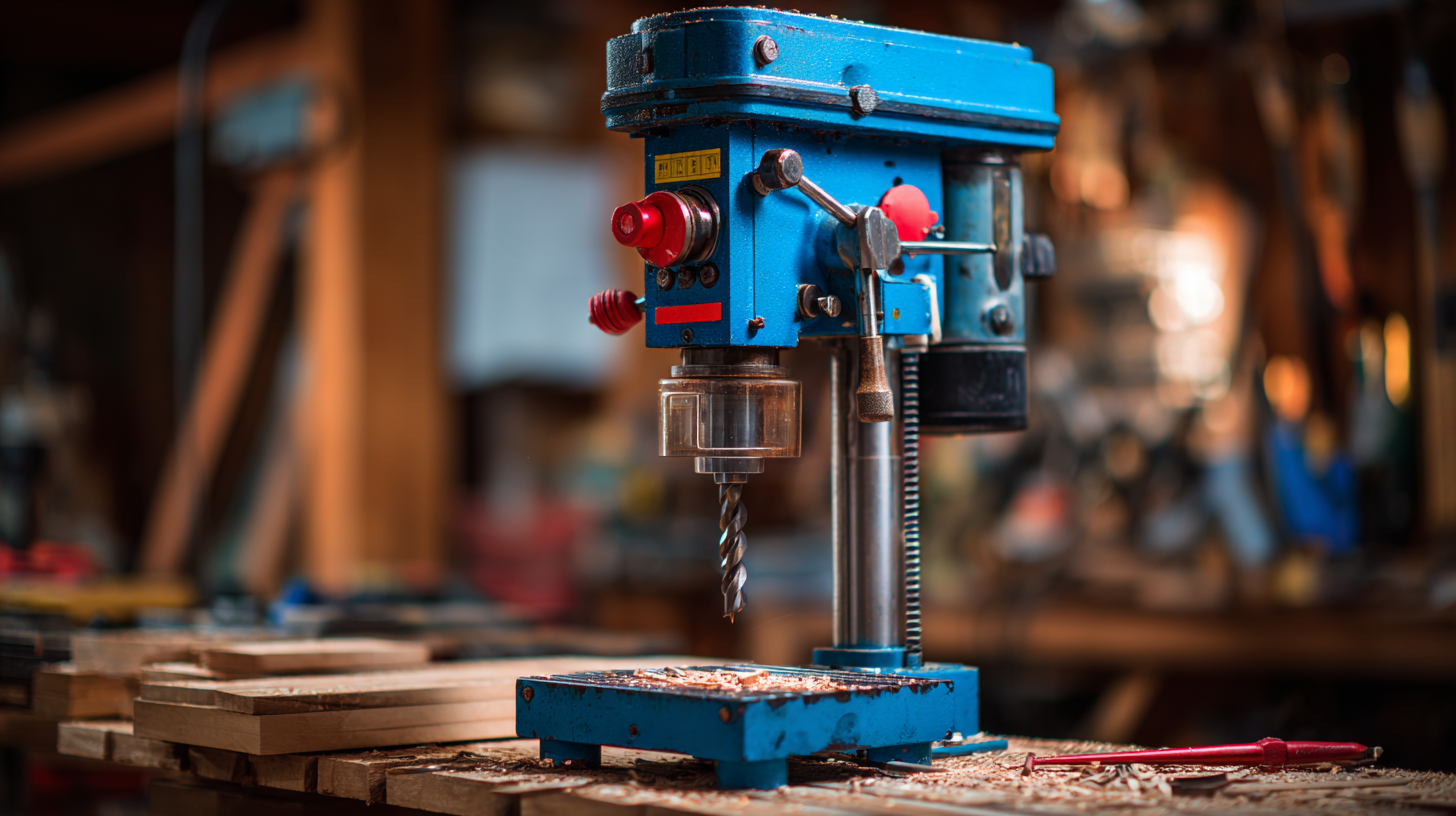
Key Specifications to Compare When Choosing a Drilling Machine
When selecting a drilling machine for your projects, understanding the key specifications is crucial for making an informed decision. First, consider the power rating measured in watts (W) or volts (V). According to a report by Market Research Future, high-performance drilling machines typically range from 500W to 1500W, which can significantly affect drilling speed and efficiency. Additionally, look into the machine’s torque, which determines its ability to handle tougher materials. Machines offering adjustable torque settings allow you to adapt to different tasks seamlessly.
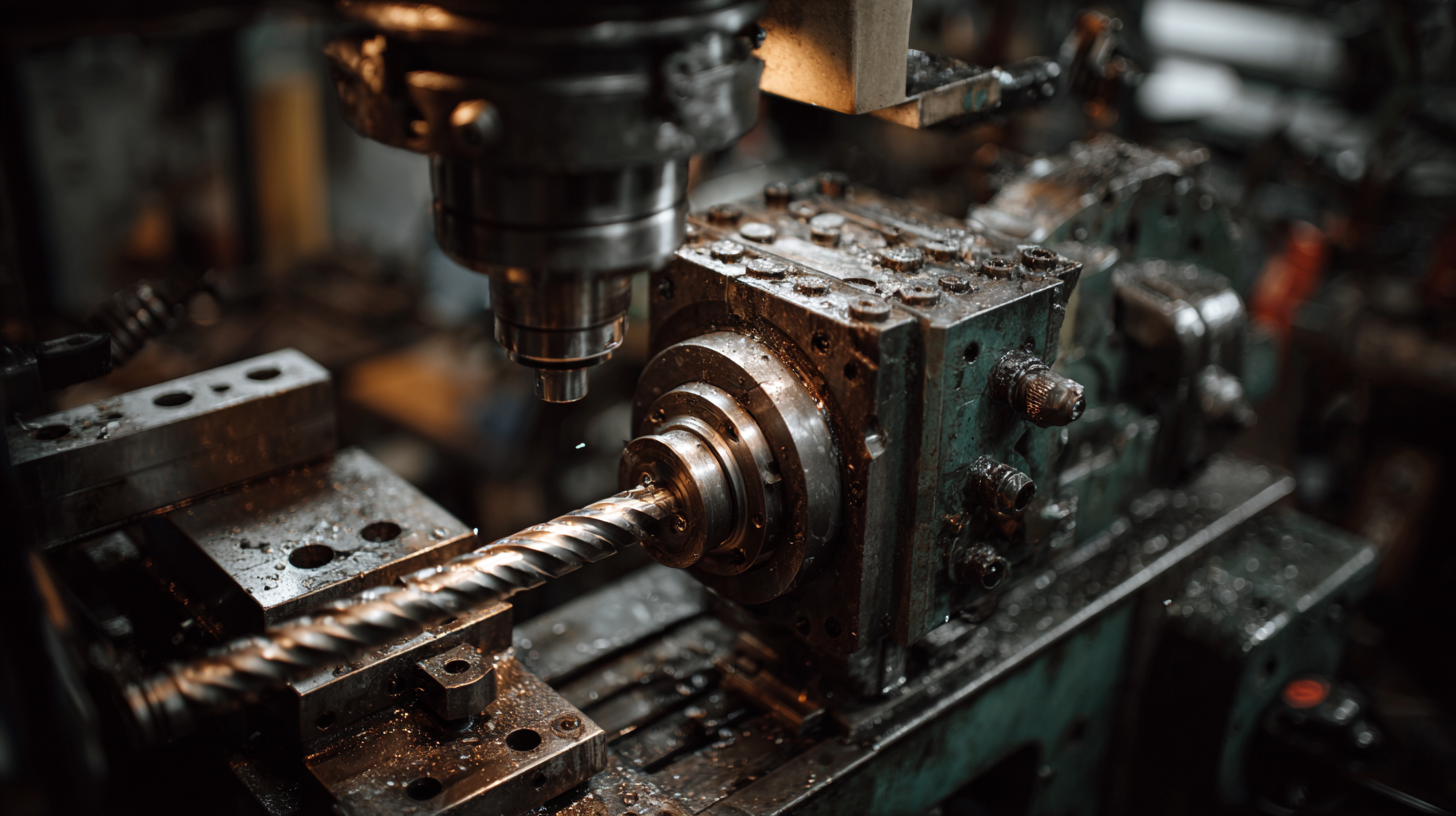
Another essential specification is the type of drilling chuck, which can affect both versatility and ease of use. Key types include keyless chucks, which provide faster bit changes, and keyed chucks, ensuring a firmer grip on the drill bits. A study conducted by the International Journal of Advanced Manufacturing Technology highlights that the versatility and ability to quickly switch bits are vital for enhancing project productivity.
Tips: Always check the weight and ergonomics of the drilling machine, especially if you'll be using it for prolonged periods. A lightweight design with a comfortable grip can reduce fatigue and improve precision. Furthermore, consider the machine’s RPM (Revolutions Per Minute) range, as higher RPMs generally allow for faster drilling, especially in softer materials.
Top 5 Types of Drilling Machines and Their Best Use Cases
When it comes to selecting the right drilling machine for your projects, understanding the different types available and their best use cases is crucial. The top five types of drilling machines include handheld drills, bench drills, pillar drills, radial arm drills, and CNC drilling machines. Handheld drills are perfect for small DIY projects or tasks around the house, offering portability and ease of use.
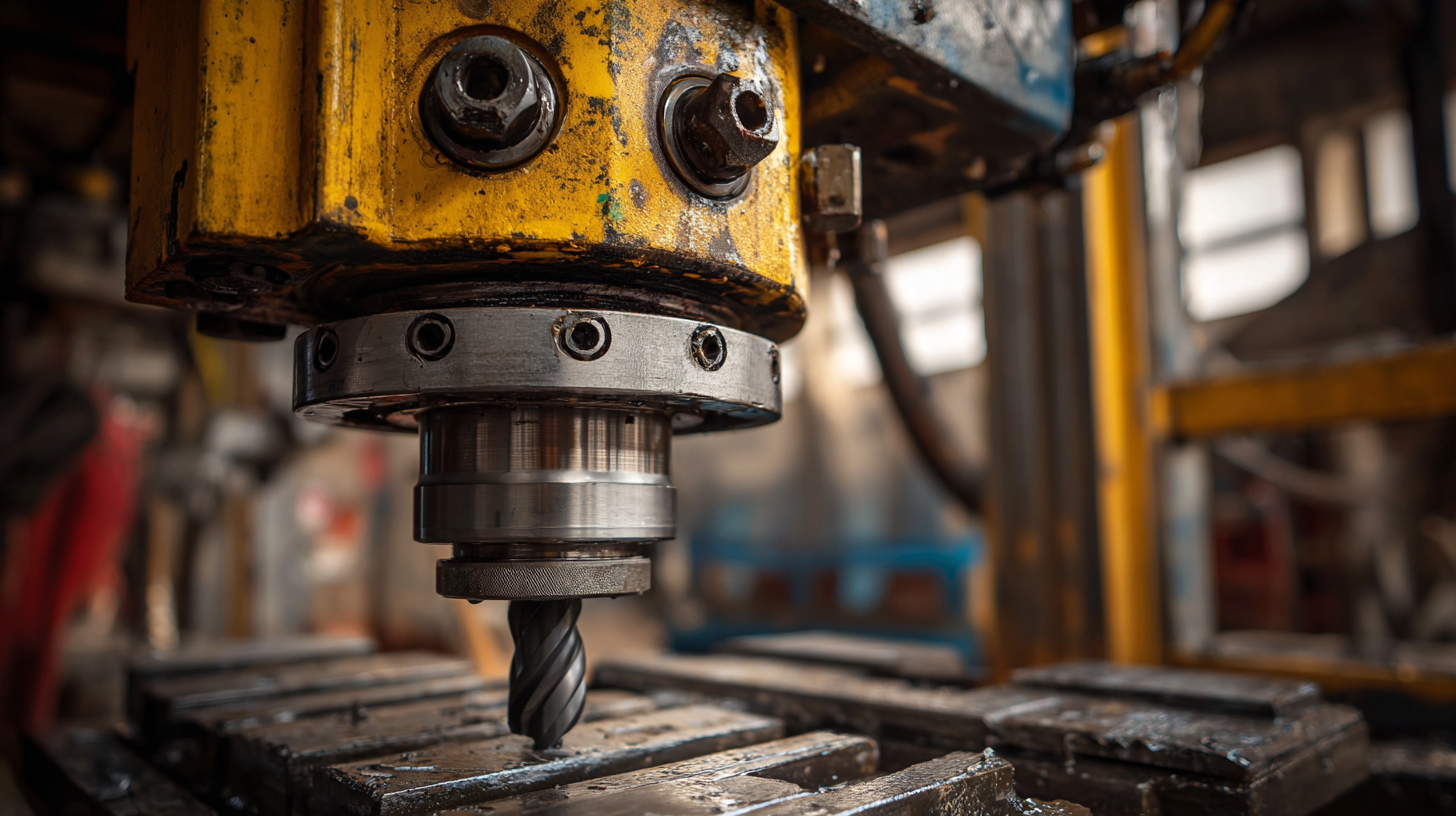
Bench drills are ideal for more precise work, commonly used in workshops for drilling small to medium materials. For those who require enhanced stability and power, pillar drills are a fantastic choice, suitable for drilling larger holes in various materials like wood and metal. Radial arm drills provide excellent versatility, allowing for angled drilling, making them perfect for complex tasks. Lastly, CNC drilling machines are best for large-scale production due to their automation and precision.
Tips: When choosing a drilling machine, consider the material you'll be working with and the size of holes needed. Always prioritize 安全—wear protective gear and ensure your work area is organized to prevent accidents. Additionally, investing in quality bits and tools compatible with your machine can significantly improve drilling efficiency and results.
Essential Features for Enhanced Performance in Drilling Equipment
When selecting a drilling machine, essential features for enhanced performance should be at the forefront of your decision-making process. The power of a drilling machine is typically measured in watts or amps, with industry standards suggesting that a higher power rating correlates with better performance in demanding applications. According to the Global Drill Machine Market report, machines with over 800 watts are preferred for heavy-duty tasks, enhancing depth and precision in various materials.
Another critical feature is the drill speed, usually indicated in revolutions per minute (RPM). Variable speed settings allow for versatility across different projects, ranging from wood to metal drilling. Research by the International Society of Drilling Engineers highlights that machines with an RPM range of 0-3000 and adjustable torque settings provide optimal control, minimizing the risk of material damage while maximizing drilling efficiency. Additionally, ergonomic design elements, such as comfortable grips and lightweight structures, significantly reduce user fatigue and facilitate extended operation—factors often overlooked but essential for effective performance in both commercial and DIY projects.
Industry Insights: Average Cost Range of Drilling Machines in 2023
In 2023, the average cost range for drilling machines is highly influenced by several macroeconomic factors and industry trends. The market for CNC machines, which includes drilling equipment, is projected to grow significantly, reaching a value of approximately USD 170.4 billion by 2033, up from USD 66.9 billion in 2023. This growth, at a compound annual growth rate (CAGR) of 9.80%, indicates a robust demand for advanced drilling technologies as industries seek greater efficiency and precision in their operations.
Moreover, the ongoing developments in the oil and gas sector are expected to drive increased investments in drilling equipment. As companies focus on capital discipline and new technology investments, the cost of drilling machines may experience upward pressure due to factors such as tariffs on steel and aluminum imports impacting infrastructure costs. Additionally, with offshore drilling activities forecasted to rise, companies will need to consider not just the initial costs of drilling machines but also their operational efficiencies and output capabilities in a competitive market.
Maintenance Tips to Extend the Lifespan of Your Drilling Machine
Proper maintenance is crucial for extending the lifespan of your drilling machine. Regularly cleaning the machine after use can prevent dust and debris from building up, which can lead to mechanical issues over time. Utilize a soft brush and a cloth to remove any grime, ensuring that all components, including the chuck and housing, are free from contaminants. Additionally, checking and tightening loose screws or bolts keeps the machine robust and prevents unnecessary wear and tear.
Lubrication is another vital aspect of maintenance. Regularly apply suitable lubricant to moving parts, such as gears and bearings, to minimize friction and enhance performance. It's essential to use the manufacturer-recommended lubricant to ensure compatibility with the machine's materials. Furthermore, keep an eye on the brushes and power cables, replacing them as necessary to maintain optimal functionality. By adhering to these simple maintenance tips, you'll not only enhance the performance of your drilling machine but also significantly extend its operational life.
Related Posts
-
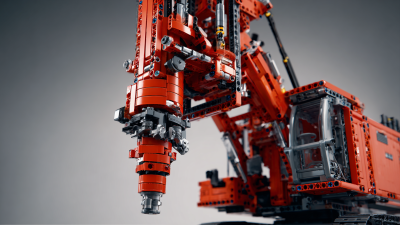
Innovative Alternatives to the Best Drilling Machine for Your Project Needs
-

Navigating International Trade Compliance for Small CNC Machines in Global Markets
-
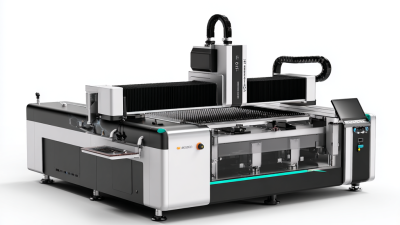
China's Premier Factory Delivering Unmatched Excellence in Best Cnc Laser Products Worldwide
-

Challenges in Adopting Laser Cutting Technology for Global Buyers
-

7 Essential Features You Must Know About Industrial Laser Cutting Machines
-
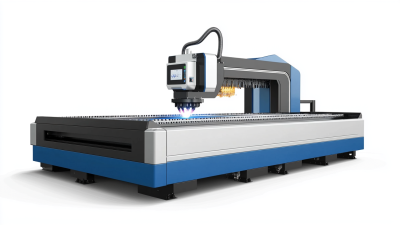
Finding Reliable Suppliers for CNC Plasma Cutting Machines A Comprehensive Guide
